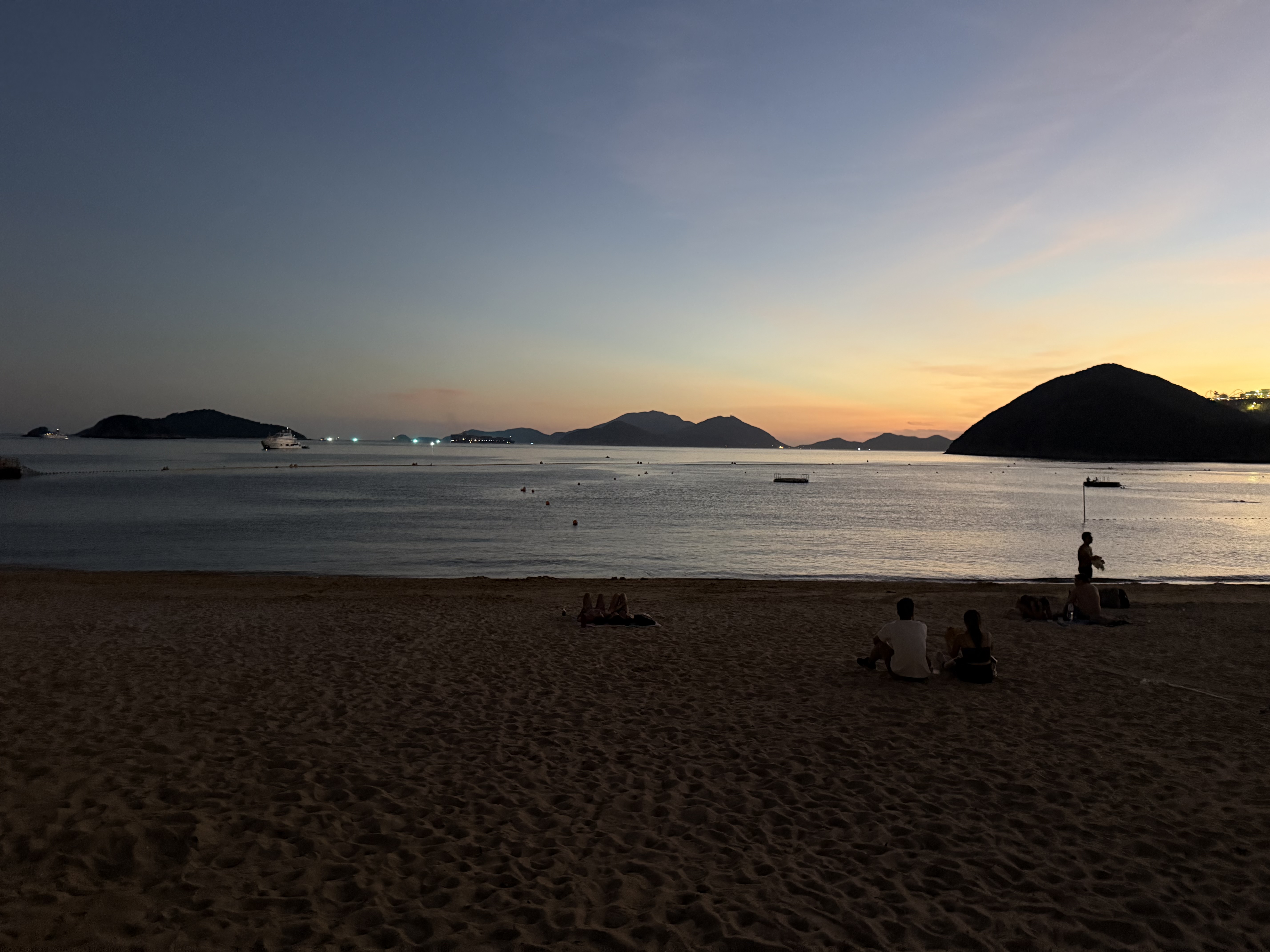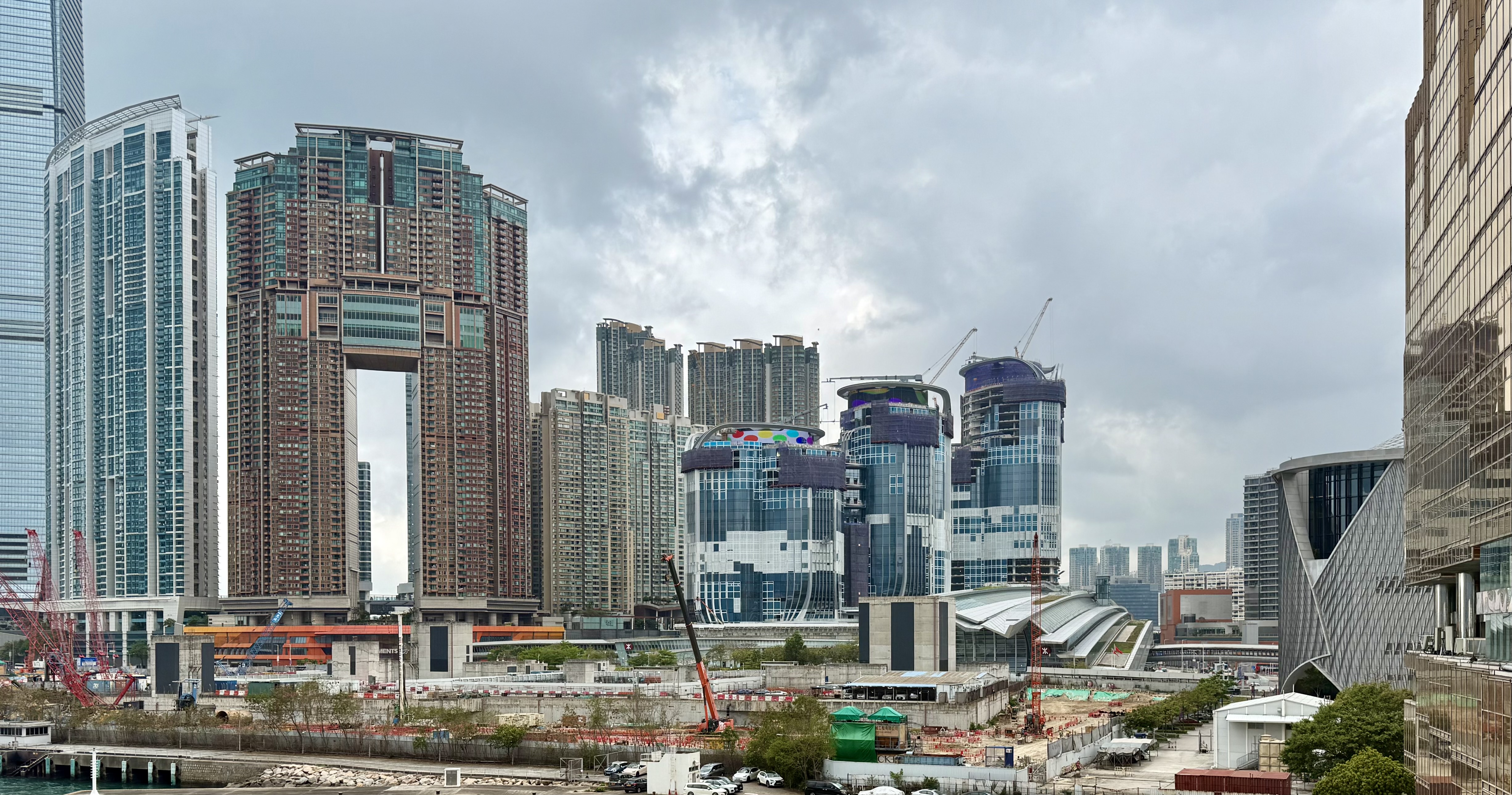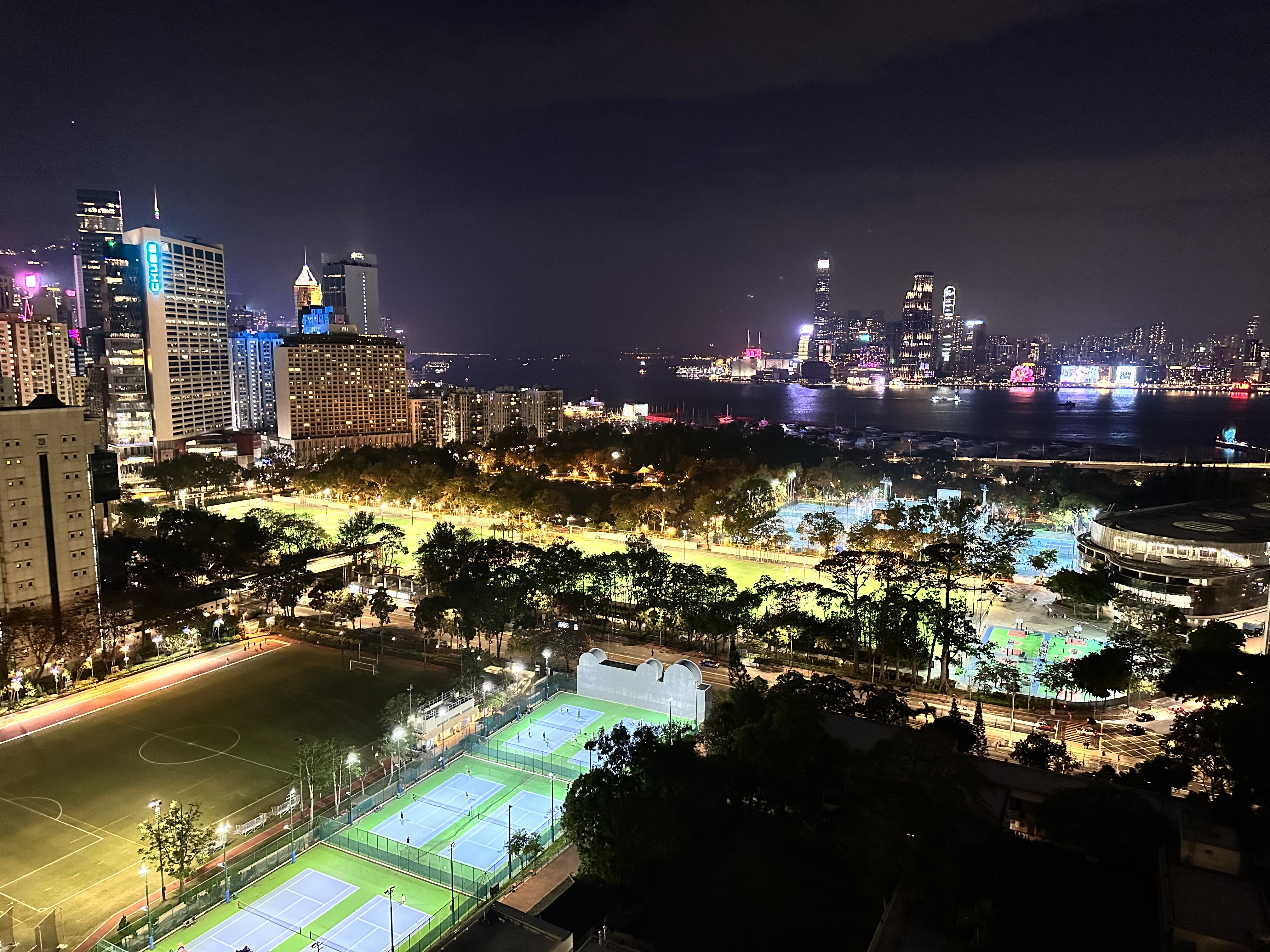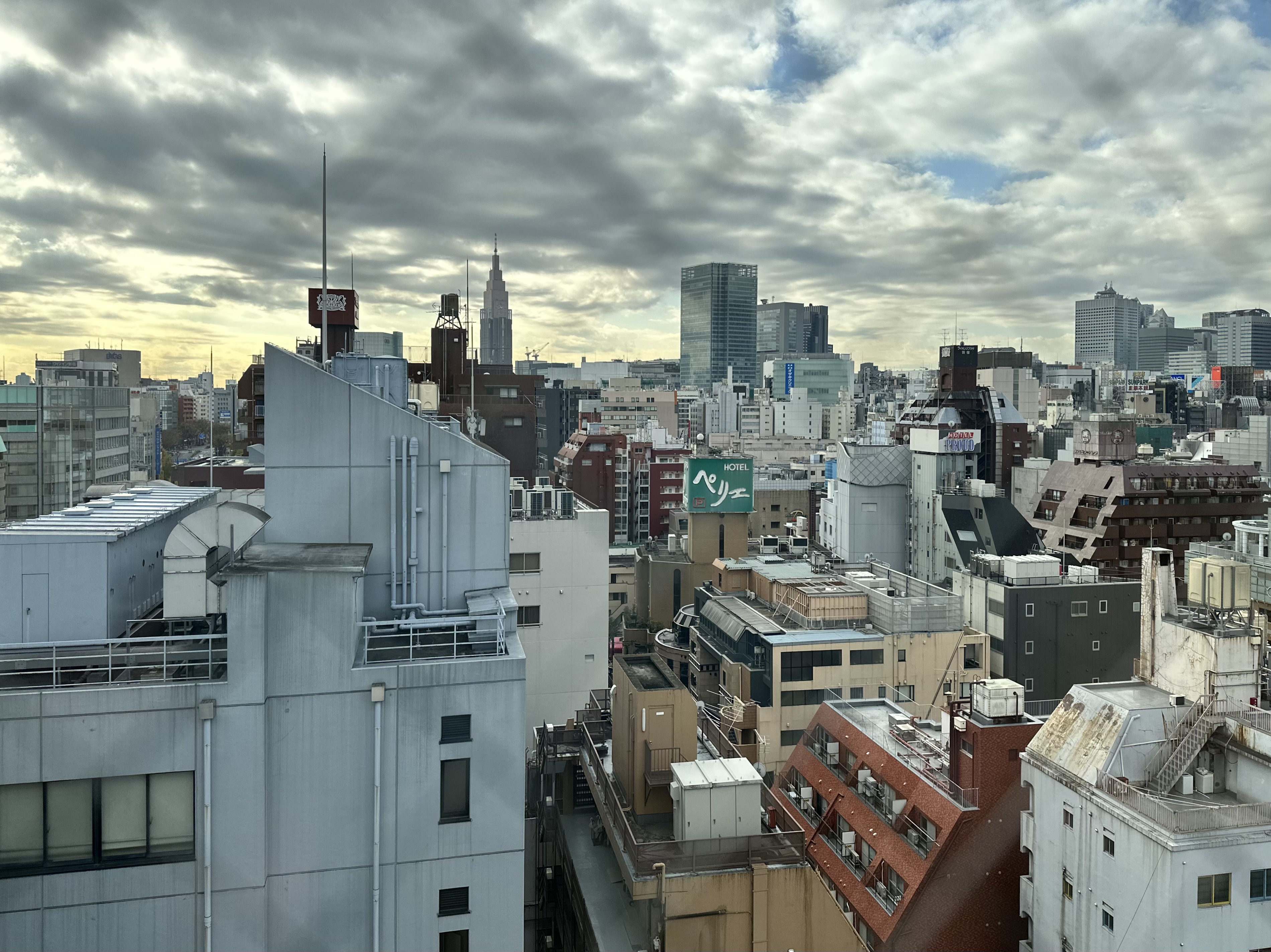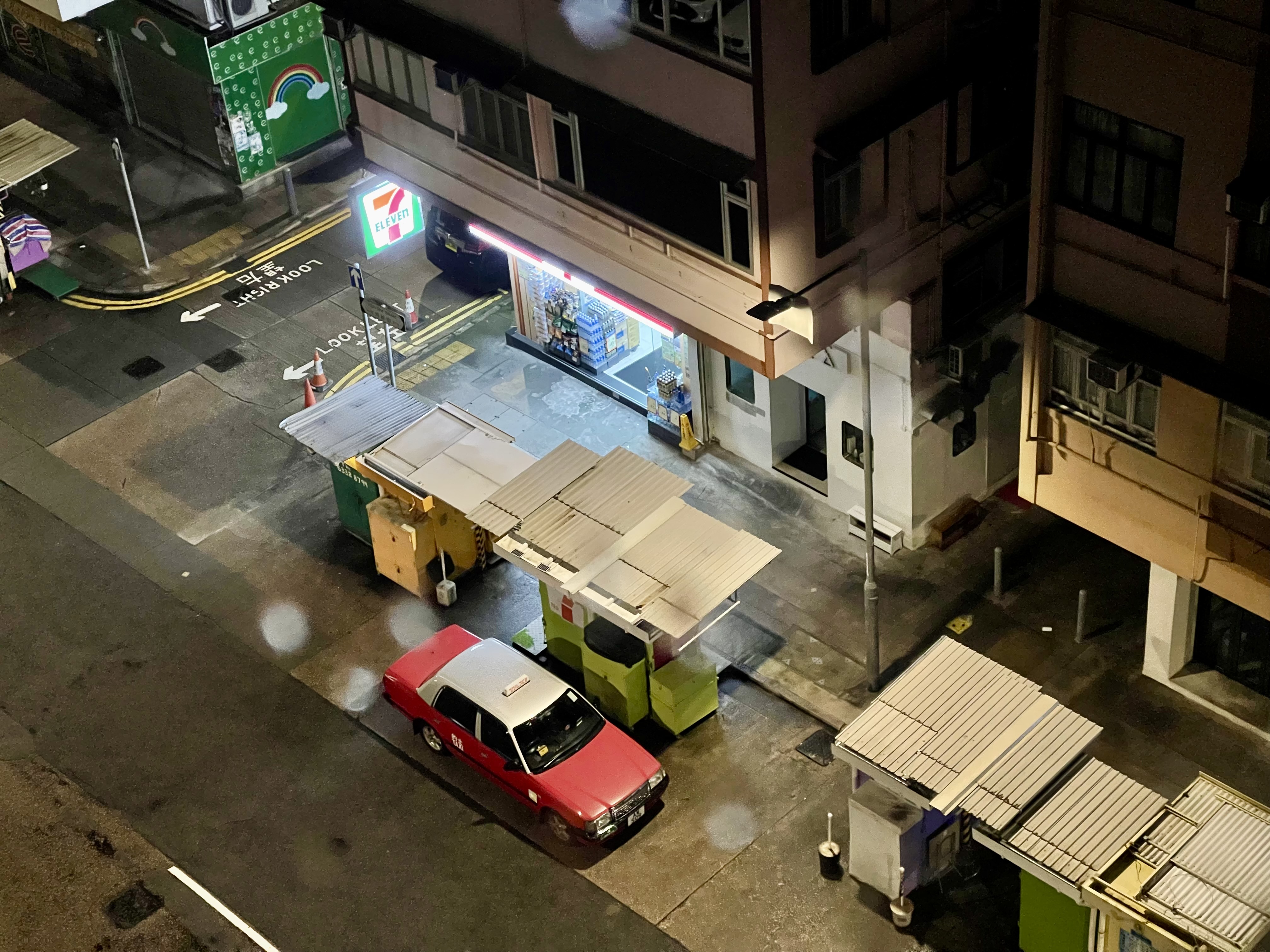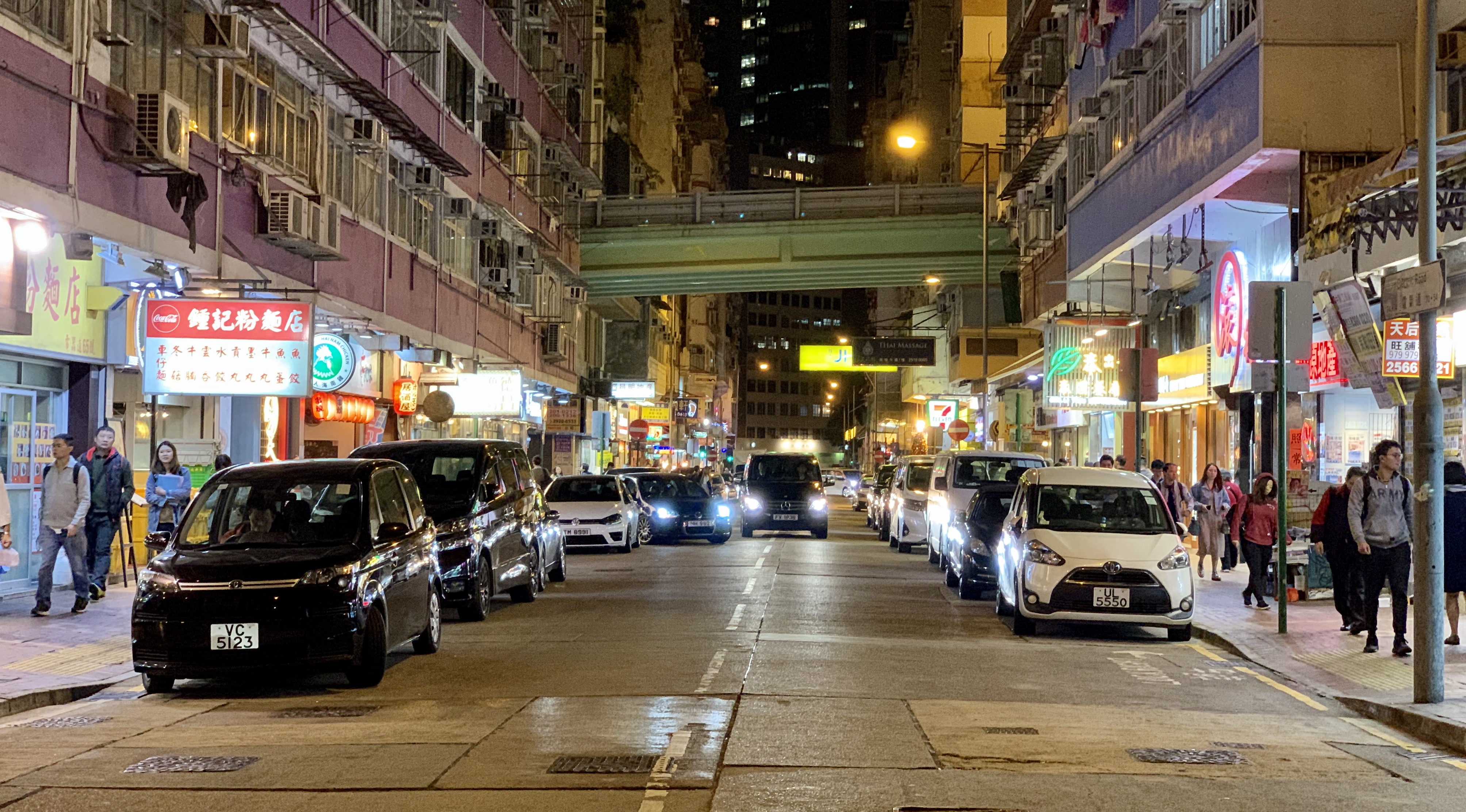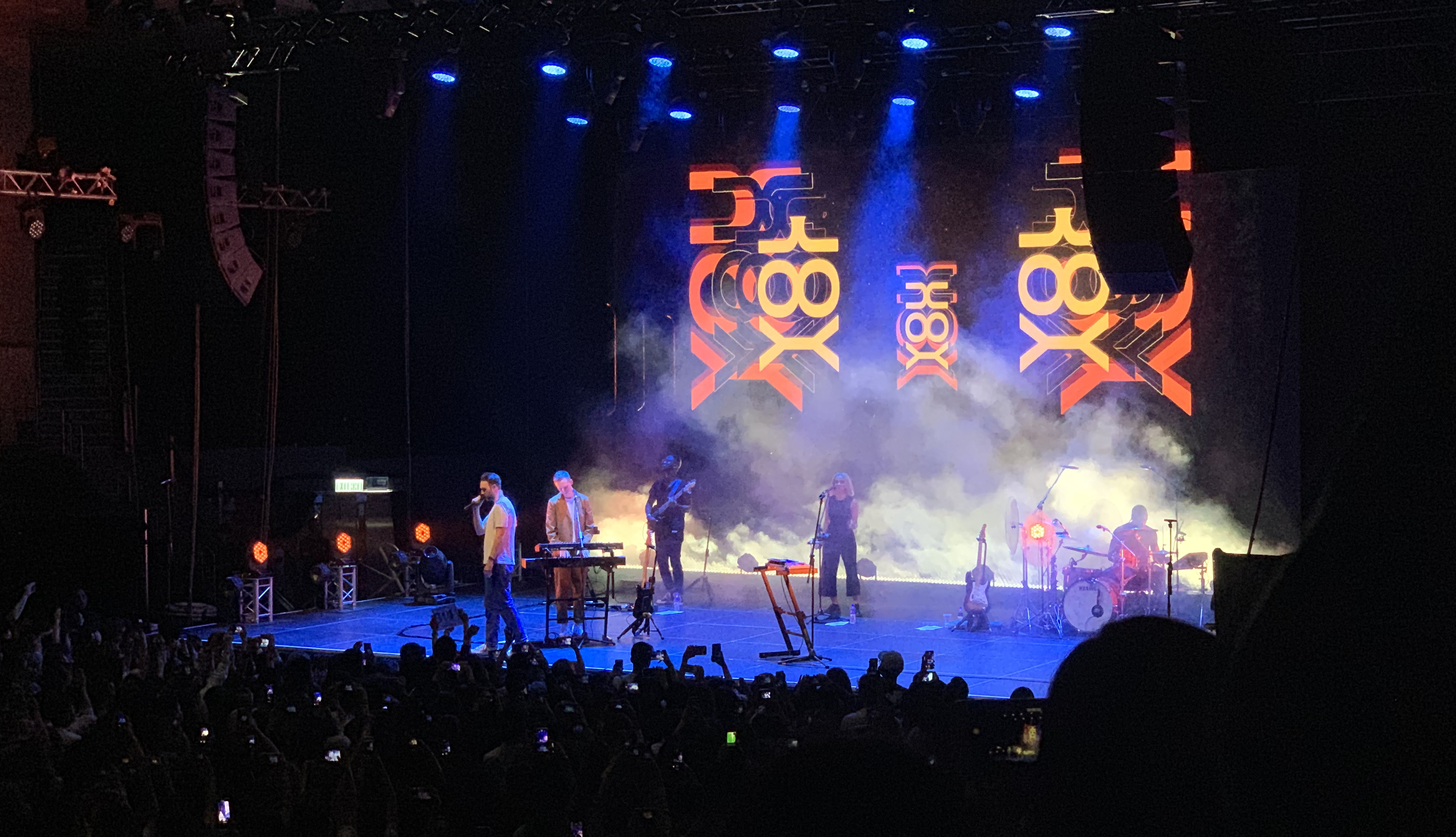We are chasing a dream. Everyone, I think, is chasing a dream. “We are all in some way or another going to Reseda,” as the man says. The dream in most cases bears an eerie similarity to the world of our teenage years, of our youth. For me this explains the sudden feeling of familiarity when driving the New Jersey Turnpike with the windows down. My youth is there, on the roads of the eastern seaboard, scattered across highways and through small towns. It is hidden next to cornfields and beside lakes momentarily visible through the foliage. It is on the radio.
In Hong Kong we find out about upcoming concerts from posters glued to buildings. We discover events while out and about. We buy paint for our new apartment at a small shop a block from our old place, and then, dissatisfied with the advice, at a different small shop a half dozen blocks from the new one. Both are licensed distributors of major brands, both are run by families. Despite the dominance of chains, of Maxim’s cakes and Starbucks, of Pacific Coffee and Pret, Hong Kong is also home to thousands of small shops run by families, serving neighbors who walk in with questions. Serving me.
There are many ways to shape the world. We do so through our jobs, through our donations, through our words. We do so through the lives we choose, through the ways we live. We believe in loose ties, in social networks built on the unit of the neighborhood, and in the value of humans. And we live in Hong Kong, we shop in person, we spend most of our time walking this island, both so dense and so small. We see the same people every day, are known by most shop keepers and wait staff, at the 7-11 and the grocery store. We live in one of the biggest, densest cities in the world, and we are not alone. We are lucky and we are comfortable here, knowing the family that runs the fruit stand, the folk who run the car repair shop, and on and on. We know the SF delivery person turned hotel desk clerk not because he delivered to our house, but because we encountered him every day, walking around the neighborhood.
The 90’s, in some way, are alive in our dream of them. We purchase music from bands, we pick up our take away from the Indian place, from the dumpling shop, from the sushi shop. We consume, to be sure, and our relationships are built on that. They are built on knowing, on participating, in the world. Our goal, in progress for so long, is to be comfortable everywhere, to be at home everywhere. It remains a work in progress. We are most at home here, in the 90’s, where the internet is a tool, but not the only one. Where word of mouth matters, and foot traffic. Where people are out, likewise discovering their desires by walking.
Nostalgic, and simplified. The car-based reality of my youth intrudes but rarely, when on vacation to other countries. The Hong Kong version of the ’90’s is a New York version, is a Manhattan version, with trains and bands and enough money to make it work. It’s a place I’m happy to live. It’s a place I’m happy to create for ourselves, for as long as we can.
